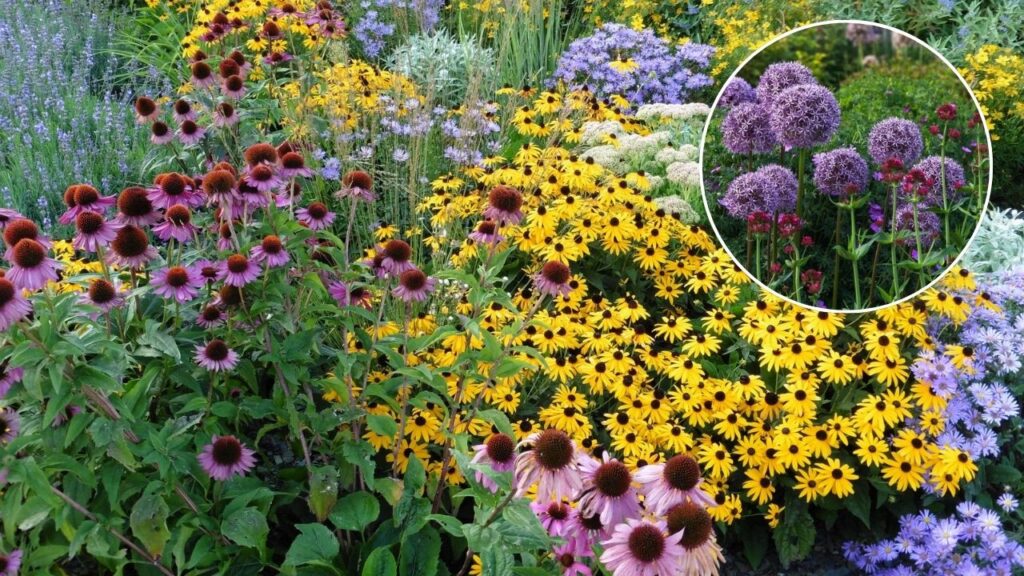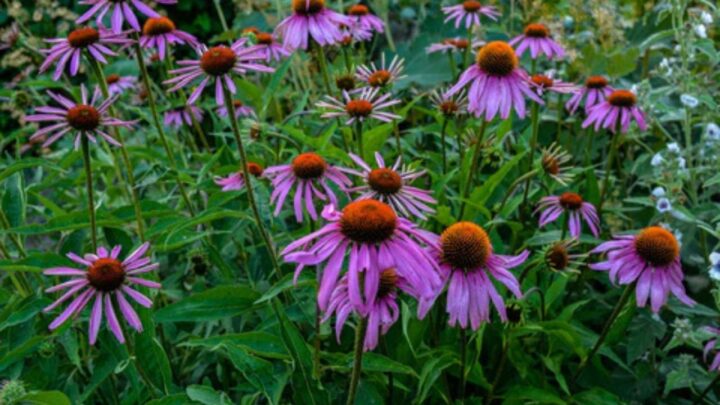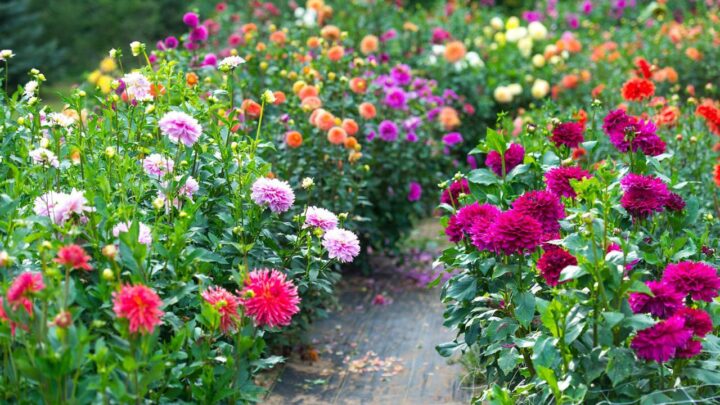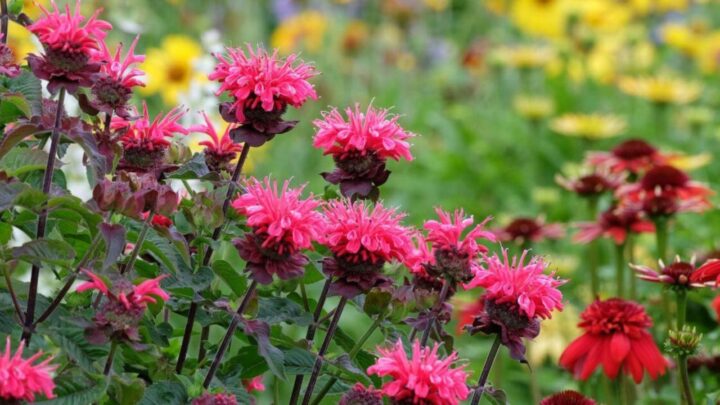8 Perennial Plants to Grow This Fall : Looking to build a garden that comes back stronger each year? These low-maintenance perennials are perfect for fall planting and will return bigger and better every season!

Why Fall Is the Best Time to Plant Perennials
Fall offers the perfect environment for perennial roots to establish before winter sets in. The soil is still warm, temperatures are cooler, and rain is more frequent—giving your plants a head start for spring.
- Less stress from heat and pests
- Stronger root development
- Minimal watering needed
- Blooms return naturally each year
Top 8 Perennials to Grow This Fall
- 1. Coneflowers (Echinacea) – Bright and pollinator-friendly, these daisy-like flowers thrive in full sun.

- 2. Black-Eyed Susans – Low-maintenance and golden-yellow, perfect for borders.
- 3. Hostas – Ideal for shaded areas with beautiful foliage.
- 4. Peonies – Long-lasting blooms that grow more abundant over time.
- 5. Sedum (Stonecrop) – Drought-tolerant and excellent for ground cover.
- 6. Daylilies – Reliable color bursts that adapt to most soil types.

- 7. Astilbe – Adds texture with feathery blooms in partial shade.
- 8. Bee Balm (Monarda) – Attracts bees and hummingbirds with bright, spiky flowers.

Step-by-Step Guide to Planting Perennials in Fall
- Choose the Right Spot
Find an area with the correct light—sun, partial shade, or full shade—based on the plant’s needs. Check for proper drainage and avoid low spots that hold water.
- Prepare the Soil
Loosen the soil 10–12 inches deep. Mix in compost or organic matter to enrich the soil and support healthy roots.
- Dig and Space Properly
Dig holes twice the size of the root ball. Give each plant enough space to grow—don’t overcrowd.
- Water Thoroughly
Water each plant well after planting to eliminate air pockets and settle the roots. Continue to water lightly every few days for the first two weeks.
- Mulch for Protection
Add 2–3 inches of mulch around each plant to regulate temperature and hold in moisture. Keep mulch a few inches away from the stem.
- Label and Track
Use garden markers to label what you’ve planted. Keep a small notebook or phone log of plant names and locations for spring reference.
 No Garden? No Worries! Discover How to Grow Fresh Veggies at Home and Feed Your Family All Year Long
No Garden? No Worries! Discover How to Grow Fresh Veggies at Home and Feed Your Family All Year Long
Extra Tips for Growing Healthy Perennials
- Plant at least 6 weeks before the first frost date.
- Divide overgrown perennials and replant in fall.
- Avoid high-nitrogen fertilizer during fall planting.
- Use native species for better local adaptability.
- Keep an eye out for rabbits and deer in winter.
FAQs
Can I plant perennials in late fall?
Yes, as long as it’s at least 4–6 weeks before your area’s first frost, the roots will have time to settle in.
Do I need to water perennials in winter?
No. Once the ground freezes, watering isn’t needed. Just make sure they’re well-watered before the freeze.
Will all perennials bloom in the first year?
Some might bloom lightly, but most focus on root growth in year one and bloom heavily the following spring or summer.
Should I cut back perennials before winter?
Yes, trimming them to a few inches above ground helps reduce disease and promotes healthy spring growth.
Fall planting is your secret weapon to a thriving spring garden! By choosing the right perennials now, you’re creating a beautiful, blooming space that rewards you year after year—with less work and more joy. Start planting and watch your garden flourish season after season!



